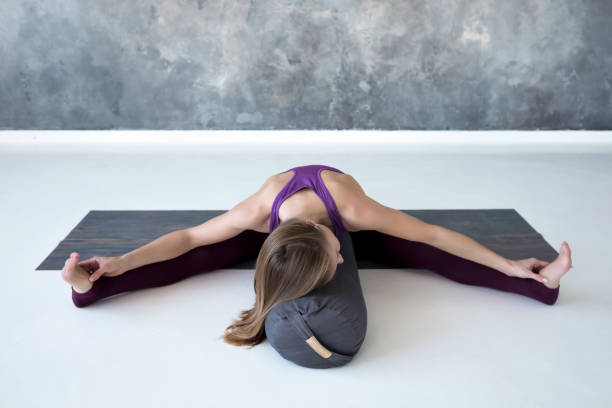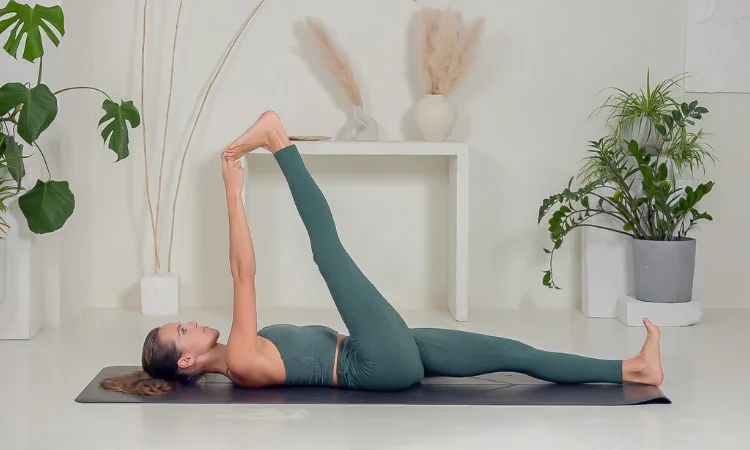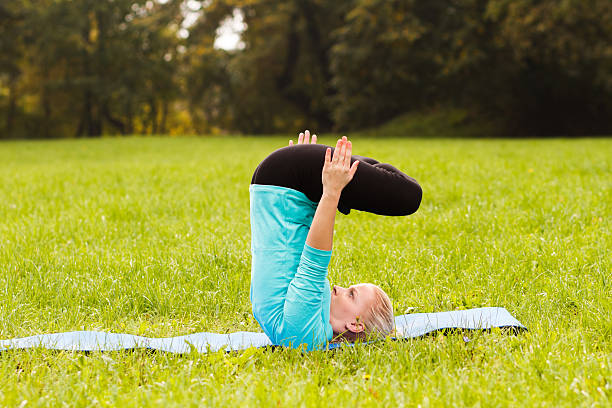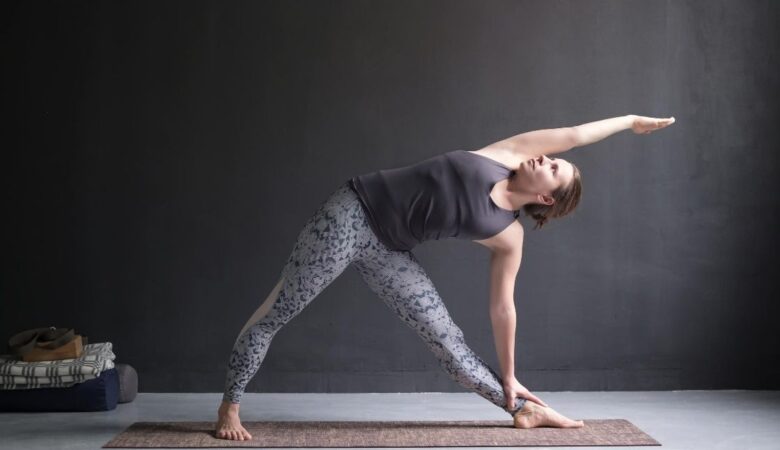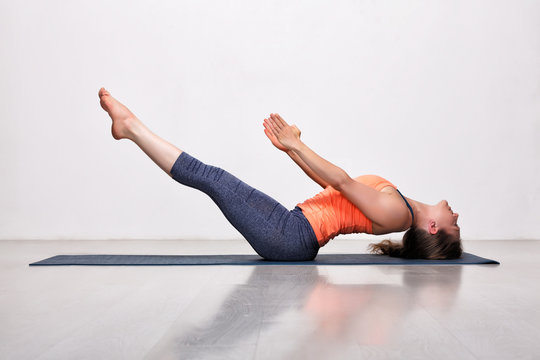Stress is an inevitable part of modern life, but chronic stress can harm our health, mood, sleep, and overall well-being. Iyengar Yoga, with its focus on precision, alignment, and the intelligent use of props, offers a deeply therapeutic approach to stress relief. By quieting the body and mind through supported, restful postures, the nervous system shifts from fight-or-flight to rest-and-digest. So, see below the Iyengar Yoga Sequence for stress relief.
Table of Contents
How Iyengar Yoga Alleviates Stress:
Iyengar Yoga helps relieve stress by:
- Encouraging safe, supported movement and stillness
- Activating the parasympathetic nervous system
- Promoting breath awareness and pratyahara (sensory withdrawal)
- Providing mental focus and stability through alignment
Props You Will Need:
- 1–2 bolsters
- 2–4 blankets
- 1–2 blocks
- 1 strap
- A yoga chair (optional)
- A wall
- Eye pillow or small towel (optional)
Iyengar Yoga Sequence for Stress Relief (45-60 minutes):
This Iyengar Yoga Sequence for Stress relief creates a grounding, soothing practice that gently unwinds muscular tension and mental agitation, promoting a state of calm alertness and emotional balance.
1. Adho Mukha Virasana or Downward Facing Hero Pose:
Duration: 3-5 minutes
Props: Bolster or folded blankets under the torso
Instructions:
- Kneel with big toes touching and knees apart.
- Place a bolster lengthwise and fold forward to rest the torso and head.
- Arms forward or relaxed by the sides.
2. Supta Baddha Konasana or Reclining Bound Angle Pose:
Duration: 5-8 minutes
Props: Bolster along the spine, strap around hips and feet, blocks under knees
Instructions:
- Lie back over a bolster.
- Bring the soles of the feet together, knees open and supported.
- Use a strap to hold the legs in place.
3. Viparita Karani or Legs-Up-the-Wall Pose:
Duration: 8-10 minutes
Props: Blanket or bolster under hips, wall support, eye pillow optional
Instructions:
- Sit sideways against a wall, swing legs up.
- Place a blanket under the hips for comfort.
- Let arms rest at sides, palms up.
4. Supta Padangusthasana I or Reclining Leg Stretch with Strap:
Duration: 2-3 minutes per leg
Props: Strap, optional block under extended leg
Instructions:
- Lie down and extend one leg up using a strap.
- Keep the opposite leg extended on the ground.
- Keep the head and shoulders soft.
5. Forward Fold Over a Chair or Bolster or Paschimottanasana Variation:
Duration: 3-5 minutes
Props: Chair or bolsters for head support
Instructions:
- Sit in Dandasana (staff pose), legs extended.
- Place a chair or bolster over your legs.
- Fold forward to rest your head and arms.
6. Setu Bandha Sarvangasana or Supported Bridge Pose:
Duration: 5-7 minutes
Props: Bolster or block under sacrum, optional blanket under neck
Instructions:
- Lie on your back, bend your knees, and lift your hips.
- Slide a bolster or block under the sacrum.
- Rest arms by the sides or overhead.
7. Supported Twist or Jathara Parivartanasana Variation:
Duration: 2–3 minutes each side
Props: Bolster or blankets under bent knees
Instructions:
- Lie on your back, knees bent.
- Let knees fall to one side onto a bolster.
- Turn your head in the opposite direction.
8. Savasana or Corpse Pose:
Duration: 10–15 minutes
Props: Blanket under head and knees, eye pillow, optional bolster under thighs
Instructions:
- Lie down with full body support.
- Ensure no discomfort or tension.
- Close your eyes and allow your breath to be natural and deep.
Tips for Effective Stress Relief Practice:
- Practice consistently, even 2-3 times a week, can be beneficial
- Create a calming environment: dim lights, quiet space, remove digital distractions
- Allow emotional release: Tears, sighs, or yawns are signs of nervous system regulation
- Breathe naturally: No need to force or control, just observe
- Don’t rush out of poses: Slow transitions help maintain calm
Conclusion:
Iyengar Yoga offers a profound pathway to managing and healing from stress. Through structured sequences, thoughtful prop use, and a deep respect for the body’s signals, this practice brings us back to balance. Whether you’re dealing with chronic stress, burnout, or occasional overwhelm, this sequence can serve as a grounding ritual for mental and emotional renewal.

